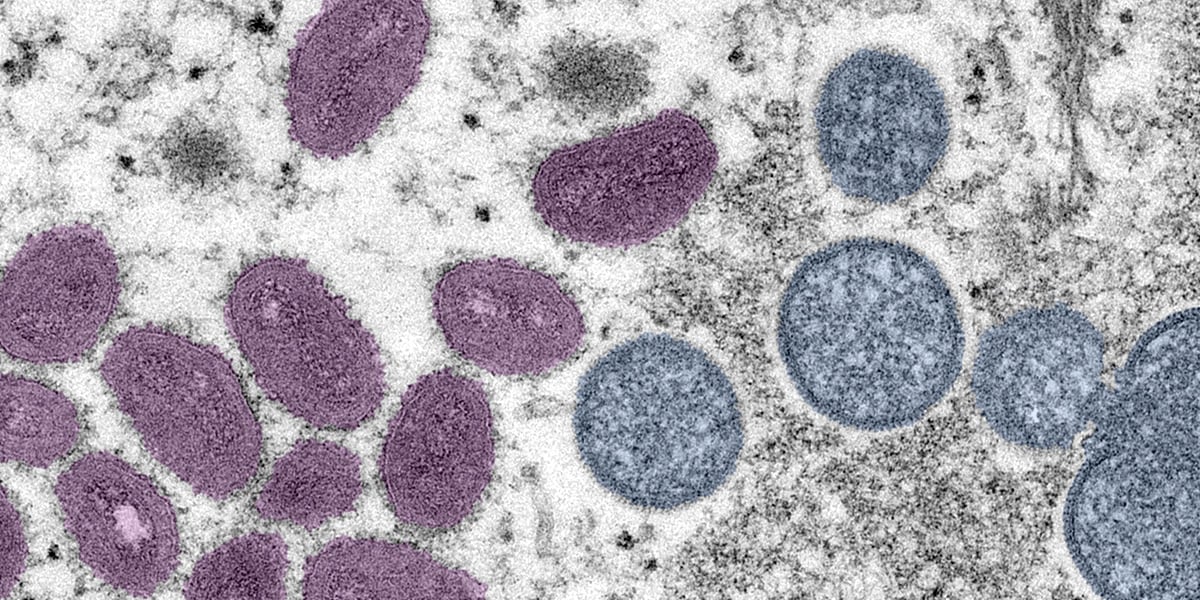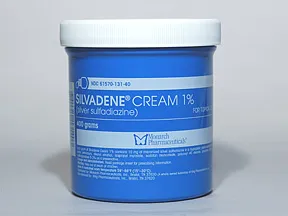forpetesake
Senior Member
I have 1000C sarracenia purpurea. Does anyone know what the dose should be?
Excellent!
Mupirocin is an antibiotic ointment that does require a Rx by the way.
It does treat Staph infections amd/or bacterial preventions in skin issues.
We use it at work. Hmmm…I could always ask, right?



I have 1000C sarracenia purpurea. Does anyone know what the dose should be?
That's a homeopathic dilution. You can't take enough to matter, IMO.
Any insight on how much it might take for a 6CH, 30CH, 100CH, or 200CH dilution?
Rondaben says it's no big deal ...
FWIW, All Day Chemist carries Bactobran/Mupirocin in both cream (7.5gm for $7.00) and ointment (15gm for $10.83).
Probably in this day and age a good idea to have this in your medical prep locker.

Detailed information on the preparation and dosing of the Sarracenia purpurea treatment for smallpox found in references within this article:
One of the gay fetish sites says this is a good time to wear latex.Covid and now Monkey Pox......I guess this is the only way to go out in public safely!

Suit up everyone!
Interesting! I’ll look up jewel weedSo....Jewel Weed is a big thing in our family for itchy chiggers bites and poison ivy rash. Wonder if a salve with jewel weed might help with the pox? Maybe with something else? Plantain, or ?????


Methylene Blue cures all the poxes !!!!! Cures monkeypox.
From the British Medical Journal, January 31, 1863
Treatment of Small-Pox by Sarracenia Purpurea
All information is "as best of my knowledge" and is based on the resources that are being posted the the main Monkeypox Thread. I am working on a list of F.A.Q's for this thread:
Before it was OTC Voltaren was only "apporoved" for shingles with some insurance plans. Could Voltaren be beneficial in your opinion? (This would be before any pustules open.)For the most part folks are going to have mild disease. Just focus on treating the symptoms. Fever = Tylenol, plenty of fluids, etc. If you get it and have lesions on the face, near the eyes I'd get evaluated and get on some antivirals. Mupirocin ointment on the blisters themselves is probably not a good idea as it can be pretty harsh and increases the risk of the pustules breaking and then leading to secondary infection. Tea tree oil may have the same effect as well as it will likely not be too pleasant to apply. If you have had staph in the past putting some of the mupirocin in the outer portion of the nose may be worthwhile as that is the primary location of staph aureus in carriers.
Basically treat it like a bad case of shingles.
Before it was OTC Voltaren was only "apporoved" for shingles with some insurance plans. Could Voltaren be beneficial in your opinion? (This would be before any pustules open.)
Before it was OTC Voltaren was only "apporoved" for shingles with some insurance plans. Could Voltaren be beneficial in your opinion? (This would be before any pustules open.)
Isn't OTC Voltaren an NSAID?
I have used Voltaren for about 10 years IIRC. It works great on joint pain and muscle pain, which is what I have used it for. I know they say it is approved for shingles, but I used it on various itches (from things like mosquito bites that became enlarged) but it had little to no effect. The itches I tried to use it on were all histamine reactions, which is likely why it won't help (and why Benadryl probably won't help on Monkeypox sores). I have tried Voltaren on "nerve" pain like itching & burning in the feet and legs caused by damage to the nerve in the back - and it did not help there either.
Maybe Rondaben, or someone that knows, can let us know if the rash cause by shingles is biologically similar reaction to the rash & sores that are caused by Monkeypox? Or if anyone that has had shingles might let us know if Voltaren gel helped them.
Voltaren is a NSAID, stronger than ibuprofen.
Before it was OTC Voltaren was only "apporoved" for shingles with some insurance plans. Could Voltaren be beneficial in your opinion? (This would be before any pustules open.)
